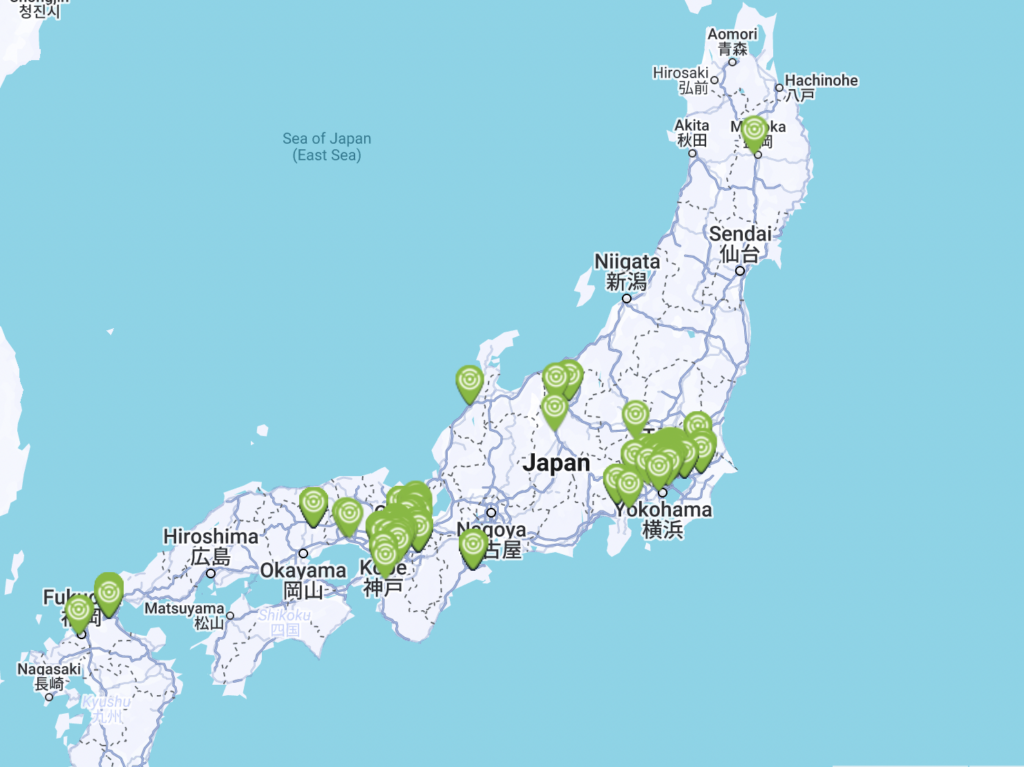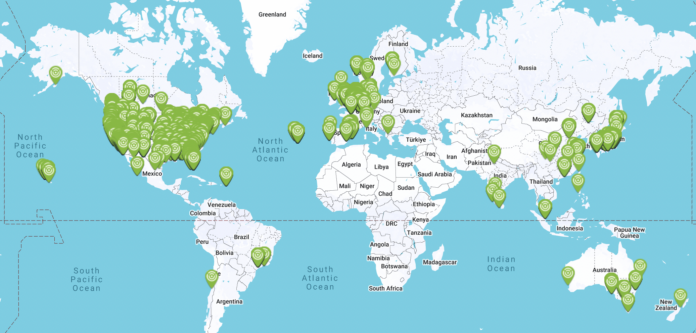In a new WBA report, 81% of respondents said they are planning to deploy Wi-Fi OpenRoaming
According to a new report from the Wireless Broadband Alliance (WBA), 81% of the 170 industry executives survey are planning to deploy OpenRoaming. Of those, 25% were already rolling out the technology, 42% said they would deploy in 2025, with 27% planning for 2026. The relatively new technology, developed by Cisco and built upon a set of standards and guidelines developed by the WBA and Wi-Fi Alliance, allows seamless and secure Wi-Fi onboarding.
A user can join any network managed by any provider within the established trusted federation of providers. The network is then able to automatically authenticate devices by using established identity providers, such as a service provider, device manufacturer, cloud ID or even loyalty memberships.
Further, OpenRoaming adheres to Passpoint and Wireless Roaming Intermediary Exchange (WRIX) standards, helping bridge the gap between Wi-Fi and cellular networks by making it easy and safe for users to roam between Wi-Fi networks without having to deal with those annoying sign-in screens that only seems to work half the time.
“OpenRoaming has been a key focus in 2024 for the WBA and played a pivotal role in the activities of the Alliance, in part due to the growing number of global deployments but also from the ways it’s addressing verticals such as Guest Wi-Fi, IoT, Private Cellular and more. I feel confident that this momentum will grow exponentially in the years ahead,” WBA CEO Tiago Rodrigues commented.
When asked why they are interested in deploying or investing in OpenRoaming or Passpoint compliant networks, Industry Report 44% of the respondents said to enable seamless access between Wi-Fi and 5G/LTE, while 43% said to provide improved security on Wi-Fi (43%). These top answers were followed by enabling frictionless access to Wi-Fi (39%) and enabling seamless access across different networks (38%).

While discussing the technology’s progress with RCR Wireless News, Rodrigues, pulled up an online OpenRoaming global coverage map to highlight those countries and cities that are outpacing the others in terms of adoption. “The U.S is getting a good start; in Europe, we are starting to see some countries like Belgium … looking okay. London is starting to get some traction, as well. Another country that is very well layered is Japan,” he said.
“OpenRoaming is all about security and the user experience. We are super enthusiastic to see that every day there are new networks. Let’s be honest, this is the start. Like any technology, you need a starting point, and I believe we will continue to grow over time.”
So, with adoption marching along at a good clip, it’s time to think about the next phase of OpenRoaming, and according to Rodrigues that’s OpenRoaming for IoT, particularly for those devices without a user interface. “Like a speaker or earbuds, or even a microwave,” he clarified. Using OpenRoaming, these types of devices can simply connect to a Wi-Fi network as soon as it enters the coverage area.
“This can be on an enterprise or residential level. One example is I have a factory where I’ve deployed OpenRoaming, so I am broadcasting a specific code that only the devices can see. Any IoT devices with the same code, as soon as it enters the coverage of Wi-Fi, will attach automatically,” continued Rodrigues, adding that the same goes for a residential scenario. There is no configuration necessary, no inputting that silly network name you came up with five years ago or a long, complicated password just to get your new smart thermostat up and running.

